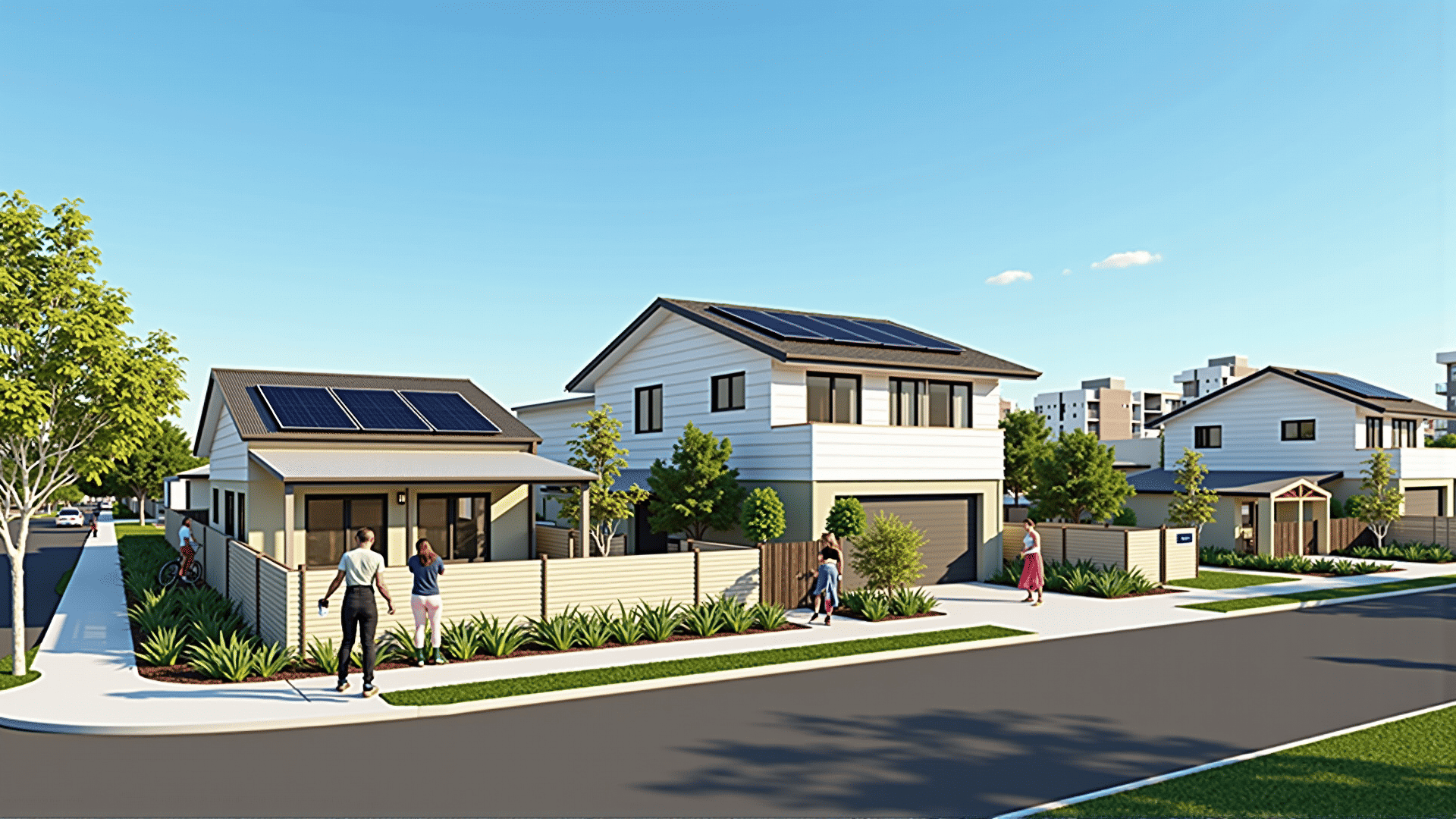In recent years, the dynamics of housing development have undergone significant transformations, driven largely by the growing emphasis on sustainability and community-focused designs. Several key trends are reshaping the way living spaces are conceptualized and built, reflecting an increasing awareness of environmental needs and social well-being.
One of the foremost trends in housing development is the integration of sustainable practices. This includes the use of eco-friendly materials and energy-efficient designs aimed at reducing the carbon footprint of residential buildings. Innovations in solar power, green roofs, and advanced insulation techniques are becoming standard practices, driven by both regulatory changes and consumer preferences. These features not only help in conserving energy but also significantly reduce utility costs, benefiting inhabitants and the environment alike.
Moreover, the concept of smart homes is becoming increasingly prevalent. Technological advancements are being leveraged to create homes that provide enhanced comfort and convenience. From automated lighting and temperature control to security systems that can be monitored remotely, smart homes cater to the modern desire for seamless and efficient living. These technologies also contribute to better resource management, resulting in more sustainable living conditions.
Community-centric designs are another transformative trend, with urban planners and developers focusing on creating spaces that foster community interaction and connectivity. Mixed-use developments, which combine residential, commercial, and recreational spaces, encourage greater integration and accessibility. These developments often feature shared amenities such as community gardens, co-working spaces, and recreational areas, promoting a sense of belonging and encouraging social interaction among residents.
Additionally, there is a surge in the popularity of smaller, more flexible living spaces, such as tiny homes and modular constructions. These options provide affordable, low-maintenance housing solutions tailored to modern living needs. They also offer a level of adaptability that larger, more traditional homes cannot, allowing for personalized designs and configurations to suit individual lifestyles.
Finally, the focus on mental well-being and health is influencing housing development in novel ways. Incorporating nature into living spaces through biophilic designs is becoming increasingly popular. These designs emphasize natural light, indoor plants, and access to outdoor green spaces, which have been shown to improve mood and reduce stress levels. The objective is to create environments that support holistic well-being and enhance the quality of life for residents.
As housing development continues to evolve, these trends reflect a shift towards more sustainable, technologically integrated, and community-oriented residential environments. These innovations are not just addressing current demands but are also paving the way for resilient and adaptable housing solutions for the future. Through mindful design and innovative practices, housing is becoming more than just a place to live—it is becoming a catalyst for positive environmental and societal change.
